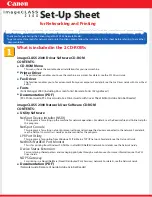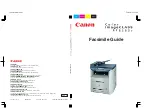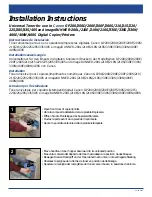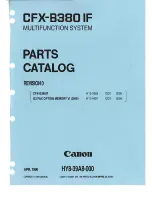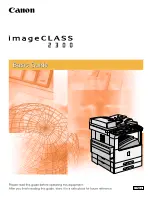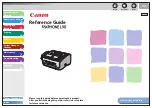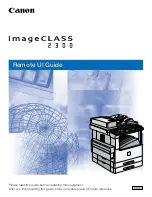
ZEISS
INSTALLATION CONDITIONS
ApoTome.2
8
423667-6044-008
09/2017
Englis
h
8
INSTALLATION CONDITIONS
The ambient conditions (humidity, temperature, pressure) specified in Section 7 should be adhered to.
When documenting fluorescence preparations, do not expose the microscope to direct sunlight. This
helps minimize the influence of stray light.
For prolonged experimental procedures using the microscope (e.g. involving incubation or long image-
recording procedures) choose an installation location with minimum vibration.
Vibration stemming e.g. from forced ventilation, floor impact noise or other shocks can have an impact
on the supplementary modules of the microscope, some of which react sensitively. It can also lead to
reduced image quality and experimental errors.
To reduce vibrations at the microscope installation location, ZEISS offers various passive and active
damping options (Axio Imager (000000-0477-190 anti-vibration plate); small, air-damped system table
(000000-1984-812), table top mat TS 150).
Select an installation site which is as temperature-stable as possible for long-term observations.
For reliable long-term observations, the device must first warm up. The temperature equilibrium is
attained within 3-5 hours, depending on the light source, electronics and room temperature control. This
time must be planned into critical studies.
The ApoTome.2 system is an extension to the Axio Imager, Axio Observer, Axiovert 200 and
Axio Zoom.V16 microscopes.
The ApoTome.2 system consists of a slider, which is inserted in the plane of the luminous-field diaphragm
of the incident-light beam path, and an accompanying control box.
Before use, ApoTome.2 must warm up for at least 30 min.



























